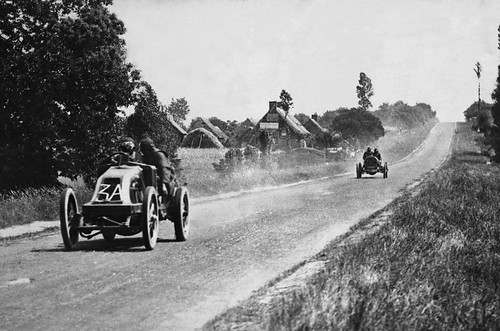The Cyclone roller coaster opens on Coney Island.
The Cyclone roller coaster, located on Coney Island in Brooklyn, New York, is one of the most notable and iconic roller coasters in the world. The Cyclone was built in 1927, making it one of the oldest operating roller coasters in the United States. It is considered a national landmark and holds a special place in the history of amusement park attractions.
The Cyclone is renowned for its intense and thrilling ride experience. It features a wooden track, steep drops, sharp turns, and high speeds, providing riders with an exhilarating and heart-pounding experience. The Cyclone has gained immense popularity and has been enjoyed by millions of riders over the years. It has been featured in numerous films, television shows, and documentaries, further enhancing its fame. Despite being nearly a century old, the Cyclone has undergone extensive restoration and preservation efforts to maintain its original design and character. The roller coaster has been carefully maintained to ensure the safety and enjoyment of riders while preserving its historical significance.
The Cyclone has become an enduring symbol of Coney Island and a cherished part of New York City’s cultural heritage. It represents the rich history of amusement parks and the nostalgia associated with traditional wooden roller coasters.


